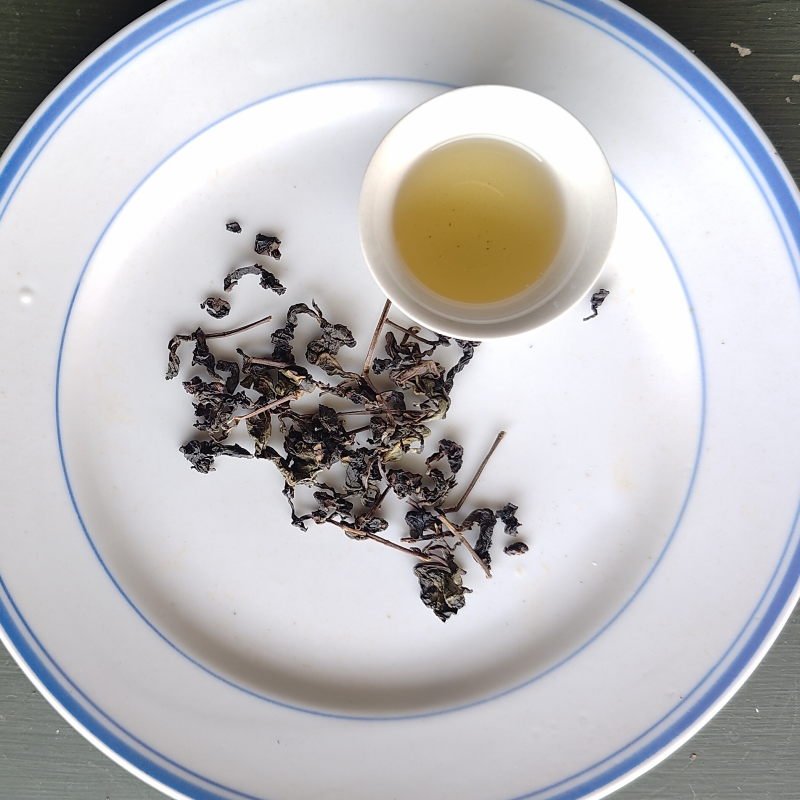Dietary Recommendations to Reduce Cancer Risk
Processed foods typically contain high levels of salt, sugar, and artificial additives. Long-term consumption may lead to inflammation in the body, increase free radical generation, and consequently raise cancer risk. In particular, processed meats, such as sausages and bacon, have been linked to colorectal cancer in multiple studies. Research shows that consuming more than 50 grams of processed meat daily increases the risk of colorectal cancer by 18%.
Excessive consumption of red meat should also be approached with caution. The World Health Organization has classified processed meat as a carcinogen, while unprocessed red meat is considered a possible carcinogen. If daily consumption of red meat exceeds 100 grams, the risk of colorectal cancer increases by 17%. Cooking red meat at high temperatures can produce polycyclic aromatic hydrocarbons (PAHs), which may damage DNA and cause genetic mutations.
Additionally, irregular eating habits and binge eating can lead to metabolic disorders and obesity, thereby increasing the risk of breast cancer, colorectal cancer, and pancreatic cancer.
The risks associated with excessive drinking should not be overlooked. According to data from 2019, 5.4% of cancer cases in the United States are related to alcohol consumption, particularly head and neck cancers, liver cancer, and stomach cancer. If large amounts of alcohol are consumed in early adulthood, the risk of developing colorectal cancer before the age of 50 increases by 150%. Therefore, it is recommended that women limit their alcohol intake to no more than 1 drink per day and men to no more than 2 drinks.
To reduce cancer risk, healthy eating habits can effectively lower the risk. The specific recommendations are as follows:
- Increase the intake of vegetables, fruits, and whole grains
- High-fiber diet: Vegetables and whole grains provide rich dietary fiber, which aids intestinal health, promotes the growth of beneficial bacteria, and lowers the risk of colorectal cancer. It is recommended to consume at least 5 servings of different types of vegetables and fruits daily, choosing whole grains like brown rice and oats.
- Antioxidants and phytochemicals: The vitamins C, E, and polyphenols in fruits and vegetables can neutralize free radicals and reduce cellular damage. Recommended foods include broccoli, spinach, berries, and tomatoes.
- Reduce the intake of processed meats and red meat
- Processed meats: Sausages and bacon are classified as carcinogens by the World Health Organization, particularly concerning colorectal cancer. It is recommended to limit processed meat intake to no more than 50 grams per week.
- Red meat: Excessive consumption of red meat may increase the risk of colorectal cancer, and cooking methods (such as grilling) can produce carcinogens. It is recommended to limit red meat intake to no more than 500 grams per week and to choose steaming or boiling methods.
- Limit sugar and high-calorie foods
- High-sugar diet: Long-term consumption of high-sugar foods may lead to obesity and insulin resistance, which are risk factors for breast cancer and pancreatic cancer. It is recommended to avoid sugary drinks and desserts, opting for low glycemic index foods.
- High-calorie foods: Excessive intake of high-calorie foods increases the risk of obesity, which is a high-risk factor for various cancers. It is recommended to control portion sizes and total caloric intake.
- Increase the intake of healthy fats
- Healthy fats: Omega-3 fatty acids help reduce the risk of certain cancers. Recommended foods include fatty fish, flaxseeds, and walnuts.
- Avoid trans fats: Trans fats are associated with chronic inflammation and cancer, so it is recommended to avoid fried foods and products containing margarine.
- Control meal timing and regularity
- Regular meals: Disruption of the biological clock may affect metabolism and increase cancer risk. It is recommended to eat at regular times and avoid late-night eating.
- Avoid excessive alcohol consumption
- Carcinogenicity of alcohol: Alcohol is classified as a Group 1 carcinogen and is associated with various cancers. It is recommended that women limit their daily alcohol intake to no more than 1 drink and men to no more than 2 drinks.
- Drink more water and reduce sugary drinks
- The role of water: Drinking more water helps promote metabolism and reduce the risk of urinary tract cancers. It is recommended to drink 2-3 liters of water daily and avoid sugary drinks.
- Increase the intake of probiotics and fermented foods
- Intestinal health: A healthy gut microbiome helps improve immunity and reduce cancer risk. Recommended foods include yogurt, miso, and fermented vegetables like kimchi.
- Reduce the intake of high-salt foods
- High-salt diet and stomach cancer: A high-salt diet can damage the stomach lining and increase the risk of Helicobacter pylori infection and stomach cancer. It is recommended to limit daily salt intake to no more than 5 grams.
- Maintain a healthy weight
- Obesity and cancer: Obesity is closely related to various cancers, including breast cancer, colorectal cancer, and kidney cancer.


